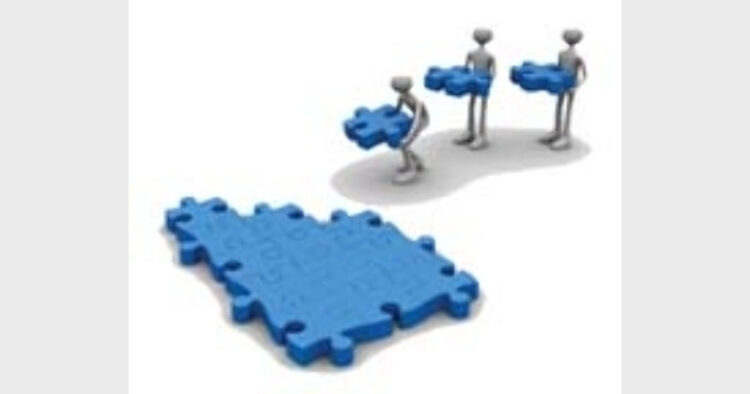Intro: All developed countries have made progress only through Good Governance. Hence the leaders should convert the innovative ideas and initiatives into national policy and actions on the ground.
India today is one of the fastest developing countries in the world. In terms of Indians standing at global stage, after the stupendous victory of Narendra Modi in 2014 elections, the current 10 years have the potential to become the most important decade in the nation’s history. Given good governance, India could easily overtake China to become world’s fastest growing economy. That is why during the recent visit of US President Barrack Obama, Prime Minister Narendra Modi, in front of him, emphasised that good governance is essential for the development of a country, showing his commitment to it. This is a fact that all developed counties have made progress only through good governance. In 2020, India can become the world’s 4th best economy, behind only the US, China and Japan. India could also become the world’s showcase for self-generating and self-sustaining economy through democracy. That is why Shri Modi is always pushing the agenda of good governance in which everybody, including the Opposition parties need to help him honestly and dedicatedly.
At a time when Europe and the US are suffering from deep structural problems and China faces the likelihood of a deep slowdown in its investment and growth, the world’s eyes are on India. More than at any other time after Independence, the world needs India to succeed. I hope India’s political leaders realise that this is truly the opportune time for the country and have the courage and determination to seize the moment, and make India the best place to do business through practical reforms quickly, where red tape will be replaced by red carpet like Hong Kong and Singapore.
Today everybody is talking about good governance but perhaps few understand the ‘what’ and ‘how’ of it. Good governance is the liberation of productive forces by eliminating redtapism, corruption and infrastructure bottlenecks along with right priority in administration, resulting in an all round development of the common man. The first right successful step in administration will lead easily to successive steps creating confidence and removing bottlenecks all around in development projects, with snowballing effect.
For removing red tapism and corruption, which go hand in hand, we need sincere, patriot leaders, bureaucrats and mediamen which India could not make-up during previous regimes, which never talked about good governance and development, as it won easy elections only on the ground of secularism and communalism. The country is still suffering from this hangover.
It is a truism that good governance is an essential foundation for social justice by increasing production and distribution of wealth among the masses. An estimate for India suggests that over the next 10 years good governance could yield between $ 5 to 1 trillion in incremental wealth. Only incompetent leaders can overlook consequences of this magnitude, paying no attention towards implementing good governance.
Hence, what the leaders can and should do today to solve the immediate problems? The first such initiative pertains to the creation of National Investment and Manufacturing Zones (NIMZs) by eliminating much of the real tape. The NIMZs are likely to usher in a manufacturing revolution in the country. At this current stage of development, India needs to build a far more robust manufacturing sector that accounts for not the current 14 per cent but a far larger 30 per cent of the country’s Gross Domestic Product (GDP).
A second major initiative pertains to the land acquisition policy. Unlike some of its peer emerging nations, India’s democratic system has the potential to ensure that the land in question is perused in a transparent manner. And the matter should be solved as early as possible. A third major initiative pertains to e-governance including electronic delivery of services as well as the use of electronic media to enable citizens to serve as watchdogs over possible corruption, ineptitude or indifference, on the part of the leaders. India is a world leader in IT services. As these technological capabilities get channeled into more efficient delivery of public services and greater accountability, we can expect higher growth in productivity.
In recent years, food inflation has been one of the primary challenges for an average Indian. Rather than trying to dampen inflation by raising interest rates so as to curb demand, will it not be much smarter to focus on supply side bottlenecks such as low agricultural productivity and massive waste and rot in food supply chain.
-Anandshankar Pandya














Comments